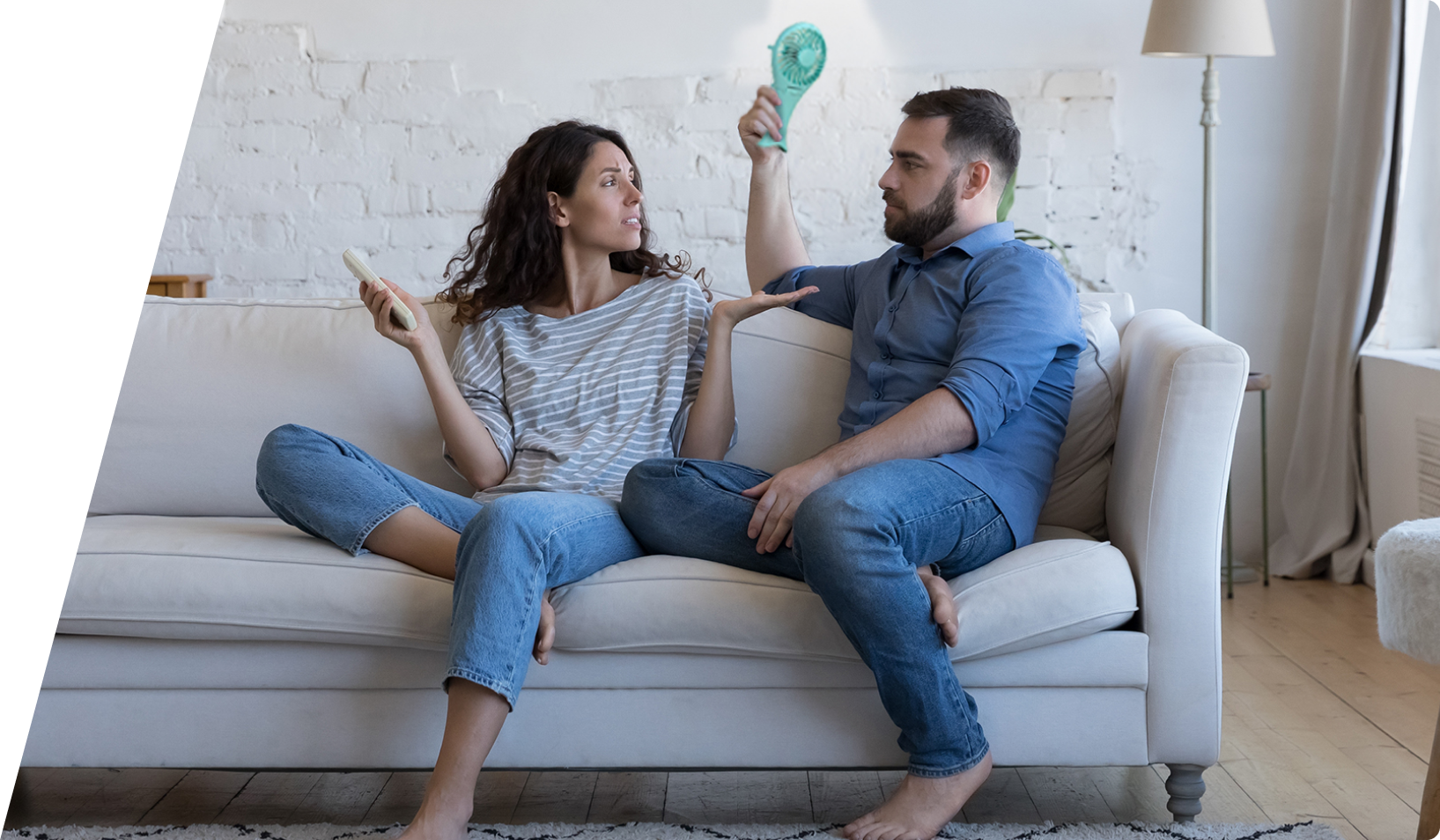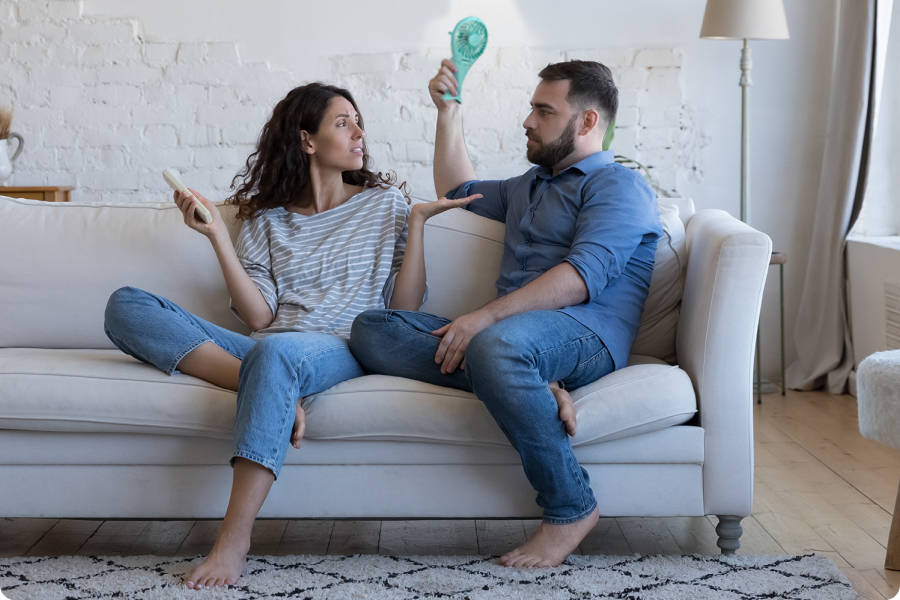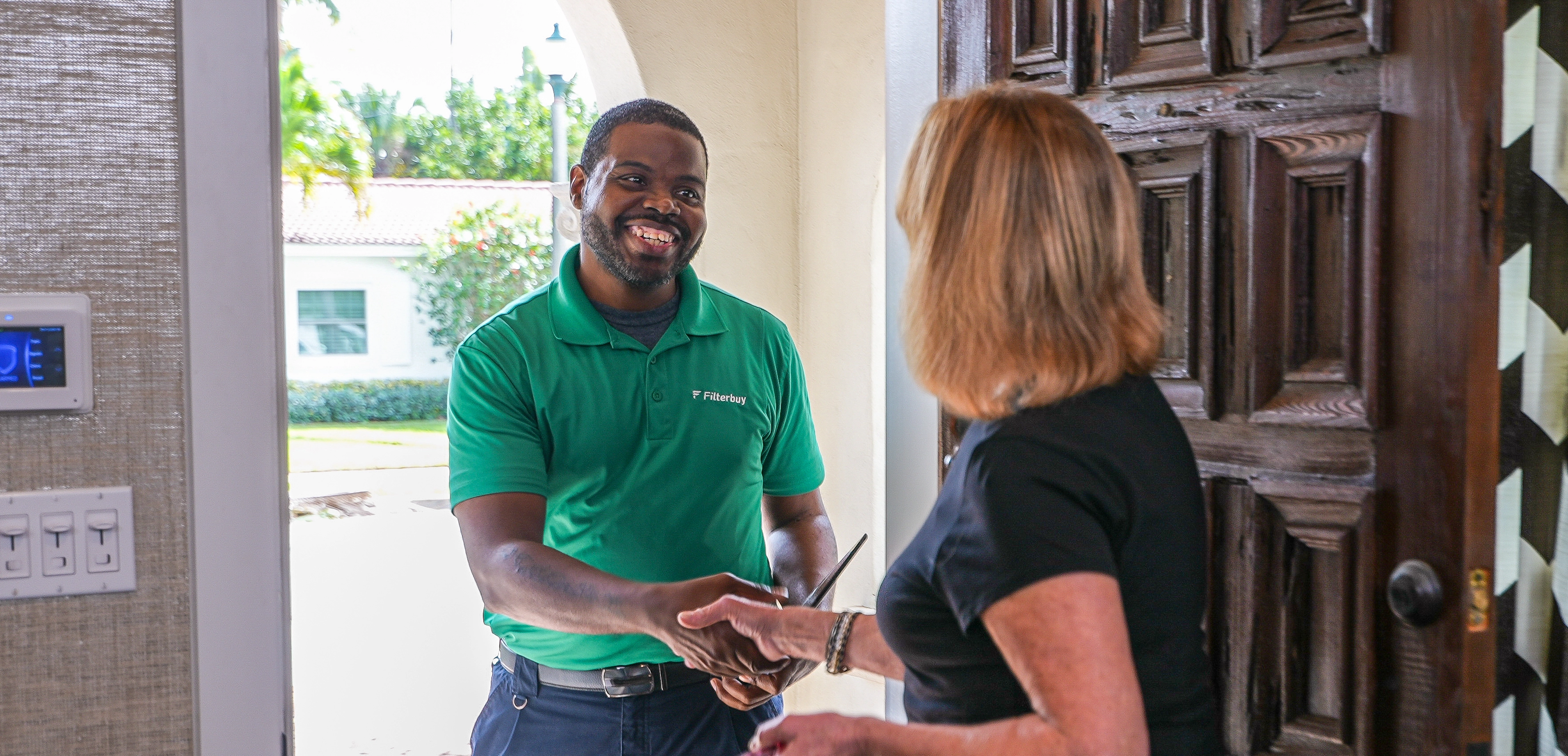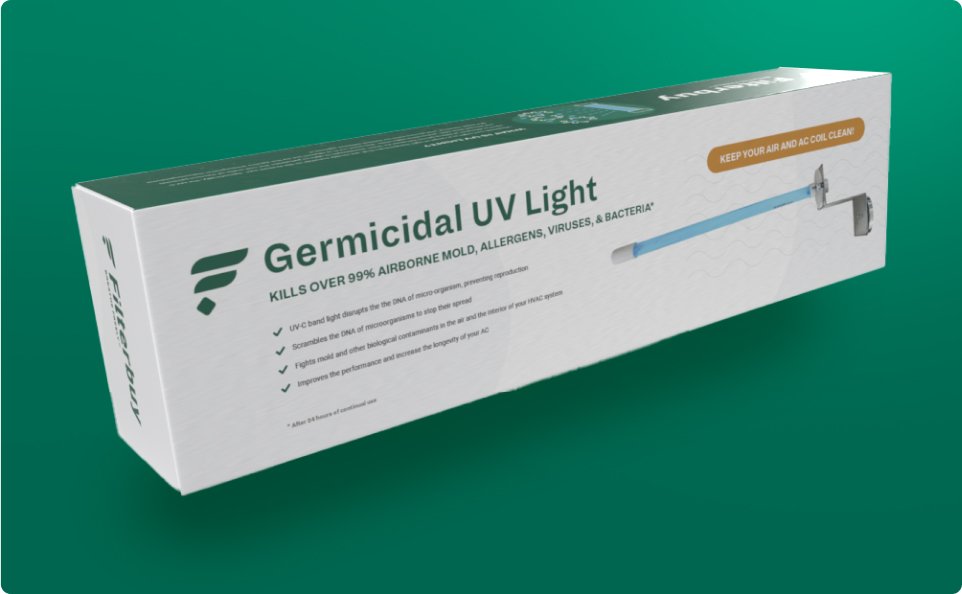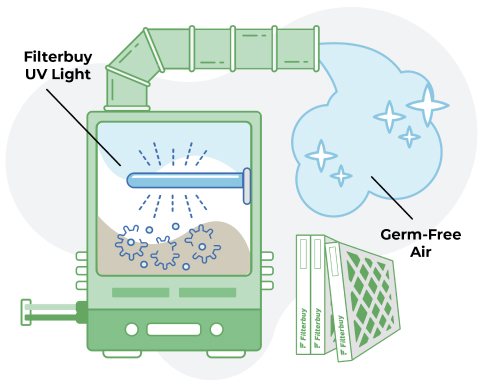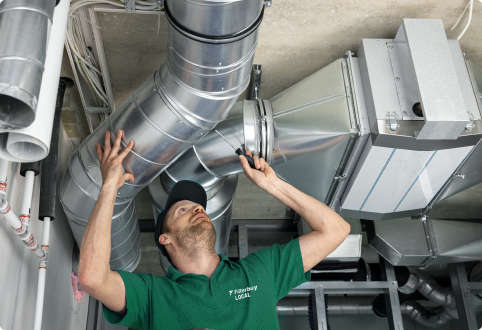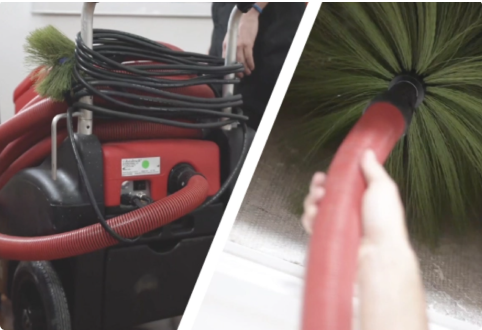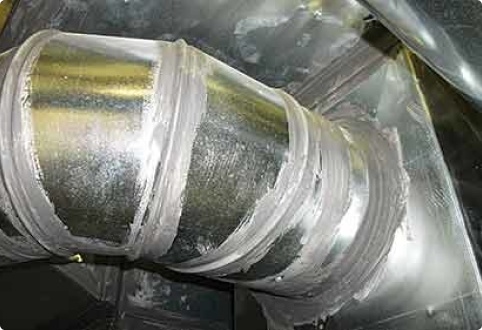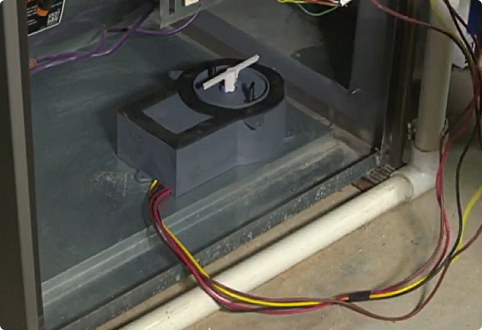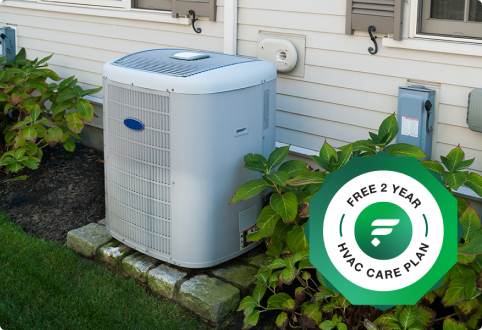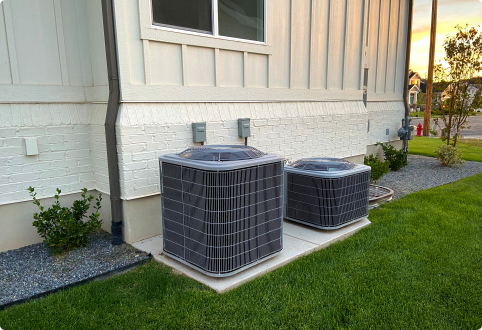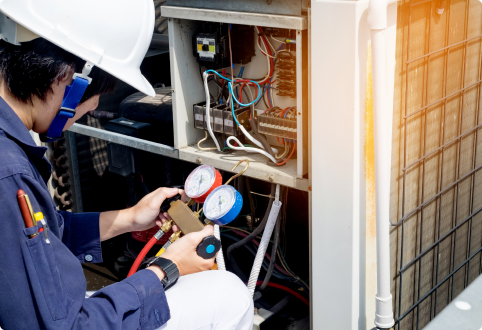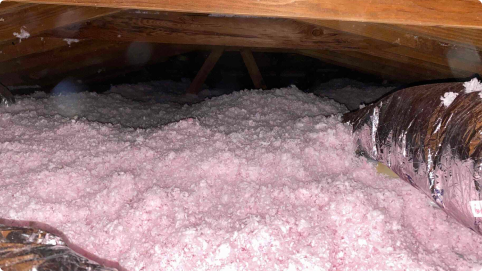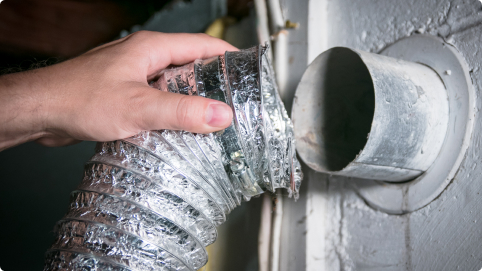Welcome to Filterbuy HVAC Solutions, the best HVAC UV light installation service company proudly serving in and near the greater Key Biscayne, FL area. Please let us know how we can help solve your Key Biscayne HVAC UV light installation needs with professional, affordable, and fast residential and commercial HVAC services by getting a free online quote or by giving our friendly HVAC specialists a call. We look forward to hearing from you!
HVAC UV Light Installation in Key Biscayne FL
Installing UV light into the HVAC systems of your Key Biscayne, FL home and office buildings offers numerous benefits. This modern technology provides affordable solutions to improve air filtration within your HVAC system.
In Key Biscayne, Florida, UV light installation is a cost-efficient option for an HVAC system upgrade. It helps enhance indoor air quality and improve the efficiency of heating, ventilation, and air conditioning systems.
It is important to consider the potential benefits of reduced airborne pathogens and longer HVAC lifespan when evaluating UV light systems. You must also examine the intricacies of selecting the right UV light system and understand the significance of professional installation.
Consider the choice of a certified HVAC professional carefully. Ensure you adhere to local regulations. Understand the maintenance requirements post-installation. These aspects are crucial.
Understanding UV Light Technology
UV light technology utilizes ultraviolet radiation to inactivate microorganisms, enhancing indoor air quality in HVAC systems. This process is deeply rooted in UV spectrum analysis, which identifies the most effective wavelengths for targeting and deactivating pathogens. The spectrum of ultraviolet light can be categorized into several ranges, with UV-C light (200-280 nm) being the most efficacious for germicidal applications. This part of the spectrum is particularly adept at breaking down the DNA or RNA of microorganisms, rendering them incapable of reproducing and causing infection.
The effectiveness of UV light in HVAC systems is critically dependent on this germicidal efficacy. By precisely calibrating the UV light to emit at these germicidal wavelengths, HVAC systems can achieve optimal performance in air sanitation. This calibration involves rigorous testing and alignment to ensure that the UV light consistently operates at the peak of its germicidal potential. Furthermore, engineers and technicians must consider factors such as the intensity and exposure duration of UV light, as these significantly impact the overall effectiveness of the microbial inactivation process.
Through meticulous UV spectrum analysis and an understanding of germicidal efficacy, HVAC systems equipped with UV technology can significantly enhance air quality by effectively managing microbial contaminants.
Benefits of HVAC UV Lights
Installing UV lights in HVAC systems offers numerous benefits, including improved air quality and enhanced occupant health. These systems, particularly in climates like Key Biscayne, FL, where humidity and mold can be problematic, provide a critical solution in maintaining a clean and healthy indoor environment. By using ultraviolet light to eliminate microorganisms, these systems help significantly reduce airborne pathogens and allergens.
Here are four key advantages of installing HVAC UV lights:
1. Enhanced Air Quality: UV lights are effective in killing mold, bacteria, and viruses that can circulate through HVAC systems. This leads to a cleaner air supply and less risk of air quality-related health issues.
2. Energy Efficiency: By maintaining clean coils and components, UV lights help the HVAC system operate at peak efficiency. This not only extends the life of the system but also reduces energy consumption, leading to lower utility bills.
3. Odor Reduction: UV lights help neutralize odors by destroying the microorganisms that cause them. This is especially beneficial in areas prone to dampness and mold.
4. Low Maintenance: Once installed, UV lights require minimal maintenance, making them a cost-effective solution for improving indoor air quality and system efficiency.
Incorporating UV lights into your HVAC system in Key Biscayne not only enhances the air quality but also contributes to overall well-being and energy savings.
Installation Process Explained
The process of integrating UV lights into an HVAC system involves several key steps to ensure effectiveness and safety. Initially, a thorough assessment of the HVAC system is conducted to identify the most strategic location for UV light placement, considering airflow dynamics and exposure to critical components. This positioning is crucial to maximize the germicidal effectiveness of the UV light while minimizing potential damage to other parts of the HVAC system due to prolonged UV exposure.
Next, safety protocols are rigorously followed to protect the installer and the system during the integration. These include ensuring the HVAC system is powered down to avoid electrical hazards and using protective gear to shield against direct UV exposure, which can be harmful.
Tool selection is also vital in this process. Technicians use insulated tools to prevent accidental electrical contact and specialized UV light fixtures designed for HVAC systems. These tools ensure a secure installation and prevent damage to sensitive HVAC components.
Once the UV light is installed, it's crucial to test the system comprehensively to confirm that the light operates effectively and safely within its new environment. This testing phase helps to verify that the UV light is correctly positioned and functional before the system is fully re-engaged.
Maintenance and Care Tips
Regular maintenance of HVAC UV lights is essential to ensure their longevity and effectiveness in sterilizing airflows. Proper care not only extends the lifespan of the UV bulbs but also maintains optimal air quality in your home or business environment. To achieve this, there are specific steps you should follow to ensure your UV lighting system is always operating at its best.
Here are essential maintenance tips:
1. Inspect UV Bulbs Regularly: Check the bulbs every six months for any signs of damage or diminished brightness. Bulb longevity is crucial for maintaining the effectiveness of UV light in neutralizing pathogens.
2. Clean the Bulbs: Dust and dirt can accumulate on the bulbs, hindering their effectiveness. Carefully clean the bulbs with a soft, dry cloth to avoid scratching the surface.
3. Test Bulb Functionality: Use a UV light meter to ensure that the bulbs are emitting the correct amount of UV light. This will help in assessing whether the bulbs need replacement.
4. Ensure Filter Compatibility: Make sure that your HVAC filters are compatible with your UV light system. The right filters enhance the UV system's efficiency by preventing dust buildup and allowing maximum UV exposure.
Adhering to these maintenance steps will maximize the potential of your HVAC UV light system, ensuring cleaner, healthier air circulation.
Choosing the Right UV System
Selecting an appropriate UV light system for your HVAC setup requires careful consideration of several key factors. Among the most crucial are system sizing and energy efficiency, which can significantly influence the effectiveness and operational cost of your UV system.
System sizing is critical because an undersized UV system will be ineffective at managing air quality, while an oversized unit can lead to unnecessary energy consumption and increased operational costs. It is essential to calculate the volume of air the HVAC system handles and choose a UV light system with the capacity to purify this volume efficiently. Consulting with HVAC professionals who understand the specifics of Key Biscayne's climate and building requirements can provide valuable guidance in selecting the right size.
Energy efficiency is another paramount consideration. UV systems vary in their energy usage, and opting for a model that conserves energy can lead to lower utility bills and a reduced environmental impact. Look for UV systems that are rated for high energy efficiency and are compatible with energy-saving technologies in your HVAC system. Integrating these considerations will ensure that you select a UV system that not only enhances air quality but also operates cost-effectively and sustainably.
Frequently Asked Questions
How Much Does It Cost to Install UV Lights in HVAC?
Installing UV lights in HVAC systems can vary in cost depending on factors such as the type of UV light, the size of the HVAC system, and the complexity of the installation. Generally, the cost can range from a few hundred to a few thousand dollars. It is recommended to consult with a professional HVAC technician to get an accurate estimate tailored to your specific needs.
Can I Install a UV Light in My HVAC System?
In most cases, it is possible to install a UV light in your HVAC system. However, it is crucial to have a professional HVAC technician assess your system to determine the appropriate type and placement of the UV light. Improper installation can lead to reduced effectiveness or even damage to the HVAC system.
Is It Worth Getting UV Light in HVAC?
Adding a UV light to your HVAC system can be worth it for several reasons. UV lights are known for their ability to help reduce airborne contaminants such as mold, bacteria, and viruses, improving indoor air quality. This can be particularly beneficial for individuals with respiratory issues or allergies. Additionally, UV lights can help prevent microbial growth within the HVAC system, leading to improved system efficiency and longevity.
What Is the Disadvantage of UV Light in HVAC?
One potential disadvantage of UV lights in HVAC systems is that they may not be as effective in killing certain types of pathogens or contaminants that do not pass directly under the light. Additionally, UV lights require regular maintenance to ensure optimal performance, including replacing bulbs periodically.
How Long Do HVAC UV Lights Last?
The lifespan of HVAC UV lights can vary depending on the quality of the light and how well it is maintained. On average, UV lights can last anywhere from 9,000 to 14,000 hours. It is recommended to replace the bulbs annually to maintain their effectiveness.
Do HVAC UV Lights Use a Lot of Electricity?
HVAC UV lights are relatively energy-efficient and do not consume a significant amount of electricity. Their energy consumption is comparable to that of a standard light bulb, making them a cost-effective addition to your HVAC system.
Where Is the Best Place to Put UV Light in HVAC?
The best place to install a UV light in an HVAC system is typically near the evaporator coil or in the return air duct. This placement allows the UV light to effectively target and neutralize contaminants passing through the system, helping to improve indoor air quality and prevent microbial growth.
Does UV Light Damage AC Coils?
While UV lights are generally safe for AC coils, they can cause damage if not installed properly or if they come into direct contact with certain materials. It is essential to consult with a professional HVAC technician to ensure the UV light is installed correctly and safely.
Do HVAC UV Lights Get Hot?
HVAC UV lights do not typically get hot enough to pose a risk of fire or damage to the HVAC system. However, it is essential to follow the manufacturer's guidelines for installation and maintenance to prevent any potential issues.
How to Size UV Light for HVAC?
To size a UV light for your HVAC system, it is crucial to consider factors such as the size of the HVAC unit, the airflow rate, and the specific contaminants you are targeting. A professional HVAC technician can help you determine the appropriate size and type of UV light for your system based on these factors.
How Long Does a UV Light Last?
The lifespan of a UV light can vary depending on the quality of the light and how well it is maintained. On average, UV lights can last anywhere from 9,000 to 14,000 hours. It is recommended to replace the bulbs annually to ensure optimal performance.
What Are the Bad Things About UV Light?
While UV lights offer many benefits for indoor air quality, there are some potential drawbacks to consider. UV light can be harmful to the skin and eyes if exposed directly, so it is essential to take precautions during installation and maintenance. Additionally, some pathogens may be resistant to UV light, limiting its effectiveness in certain situations. Regular maintenance and monitoring are necessary to ensure that UV lights continue to provide benefits without causing harm.
Here is the nearest branch location serving the Key Biscayne area…
Filterbuy HVAC Solutions - Miami FL
1300 S Miami Ave Unit 4806, Miami, FL 33130
(305) 306-5027
https://maps.app.goo.gl/1Y7FZGsYN4mzK5kZ8

.webp)
.webp)
.webp)
.webp)




